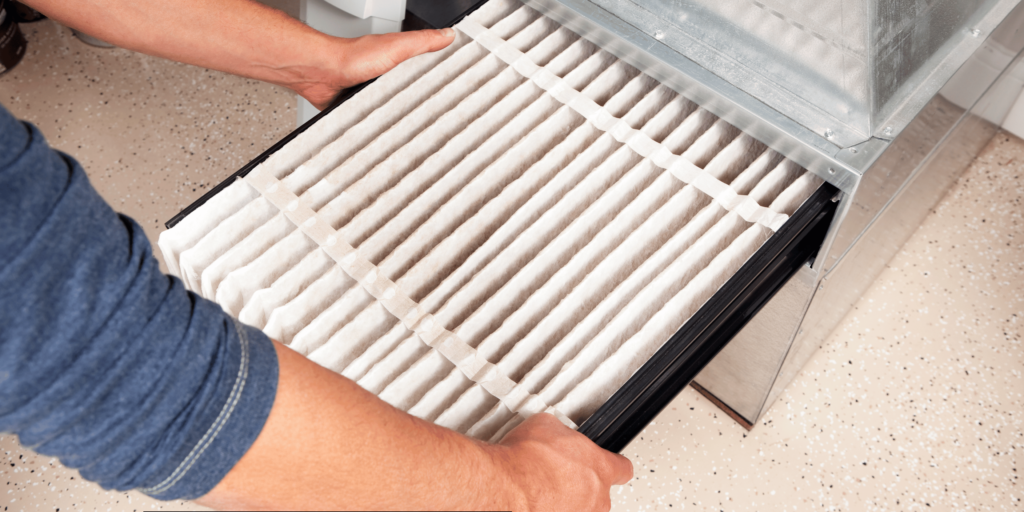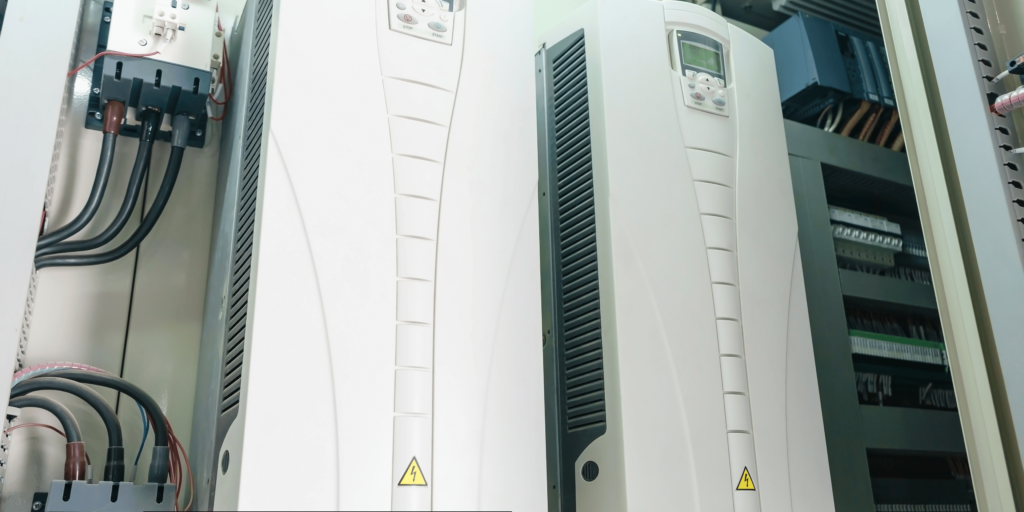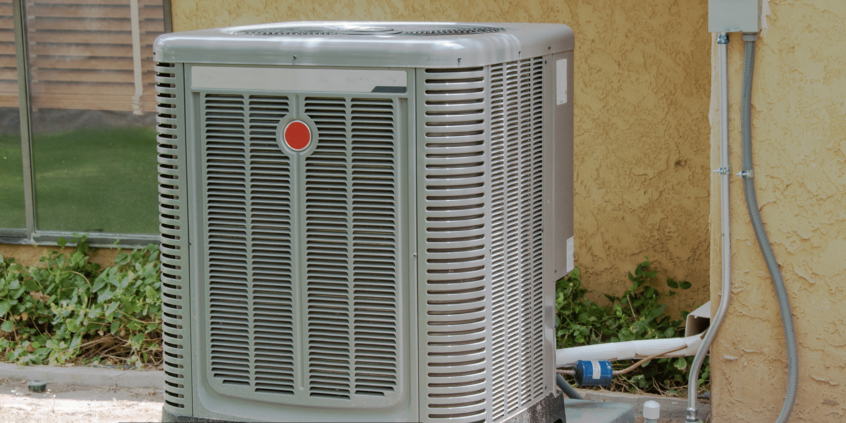Introduction
If you are fitting a new furnace in your home, one of the choices you will have to make is between the use of a multi-speed or a variable-speed product. Both are more efficient and comfortable than one stage furnaces but operates differently to each other. This article will describe the pros and cons of multi-speed and variable-speed furnaces so that you get a clear idea of which type suits your house.
Multi-speed furnace and how it works and what its uses are.
As implied by the term ‘multi-speed,’ the furnace can work at various speeds depending on the need. Usually, a multi-speed furnace will have a speed range between three and five different speeds for the blower. For instance, a three-step model will have the capability of operating at 65%, 80%, or total heat production capacity.

The minimum setting on the furnace provides low input with a small flame that helps the stove to give the desired temperature when heating is less needed. It is able to generate more heat in the event that this is required and is able to output in a higher capacity. This is to prevent the constant to and fro, which is damaging to both vehicles. The top speed is employed to blow hot air back to the house to the desired set point if it is cold.
Advantages of Multi-Speed Furnace
There are several benefits that a multi-speed furnace offers over a single-stage model:
– Improved Comfort: Using smaller capacities in multi-speed models will gradually build up heat to give steadier and even heating for optimum comfort.
– Higher Efficiency: When not performing at the optimum, that is, during the mild conditions, the efficiency improves.
– Lower Utility Bills: The increased efficiency is designed to help homeowners save up to $1,000 on heating costs over that of a single-stage furnace.
– Longer Equipment Life: Less frequency of on and off cycling also increases their durability.
What Does Variable Speed Furnace Mean?
Ranking with the constant-intermittent control is the variable-speed furnace, which is even more accurate in its ability to deliver the right amount of heat at any given time. On the other hand, variable speed motor has a speed range from 40% to 100 % in an incremental manner, which differs mainly from the speed stages.
Another type is based on the electronic control board that is built into the furnace and is capable of monitoring the current conditions and making frequent changes to the flame and the air supplied to the motor. These changes are as if we shift gears in a car in order to maintain the desired temperature all the time.
Advantages of having a Variable Speed Furnace
Variable speed furnaces offer all the same comfort and efficiency advantages of multi-speed models, along with some additional benefits:
– More Efficiency-Variable models are generally more efficient as they can be up to 20% more efficient than the multi-speed furnaces.
– Better Moisture Control – With the use of variable speed, furnaces regulate the amount of air supplied to reduce moisture indoors.
– Compatibility with HEPA Filter – This device is designed to accommodate a HEPA filter, which enhances the performance of the fan for improved purification and cleaning of the air.
– Low & Steady Speed Control – The fact that the machines can operate at low, steady speeds leads to reduced noise.
– It should be noted that some utility companies provide more significant incentives for variable speed furnace due to their efficiency.

Drawbacks of Variable Speed Furnaces
The main disadvantages of variable speed furnaces are their higher upfront cost and potential repair issues:
– More Expensive – The initial cost of the variable speed furnace ranges between $1,000 and the price of a multi-speed furnace because it features a DC motor.
– Advanced Maintenance – Any problems that involve variable speed motors and control boards may take the expertise of a professional technician and tools. Repairs also tend to be more costly, though this is not necessarily so in the case of hi-tech equipment.
Conclusion
In conclusion, the variable speed furnaces stand as the most efficient and comfortable furnaces for a whole year. However, the multi-speed models offer good performance but at a lower cost of initial purchase, and they can be easily repaired in case of any complications. Take the following factors into consideration with the rebates available at your place to know whether it will be a wise decision to use a variable-speed furnace despite the initial costs. Both alternatives are more effective than a single-stage furnace.

